PEEK Material

What Is PEEK Material – The Define Of PEEK
Polyetheretherketone (PEEK) is a high polymer composed of repeating units containing one ketone bond and two ether bonds in the main chain structure, and is a special polymer material. It has physical and chemical properties such as high temperature resistance and chemical resistance.
PEEK Material is a kind of semi-crystalline polymer material.It can be used as high temperature resistant structural material and electrical insulating material. It can be compounded with glass fiber or carbon fiber to prepare reinforcing material.
PEEK polyether ether ketone is a special engineering plastic with excellent properties such as high temperature resistance, self-lubrication, easy CNC machining and high mechanical strength. .
This material has a large number of applications in the aerospace field, medical device field (as artificial bone to repair bone defects) and industrial fields, and can be manufactured and processed into various mechanical parts, such as automobile gears, oil screens, shift start disks; airplanes Engine parts, automatic washing machine runners, medical equipment parts, etc.
Tough Plastic With Excellent Chemical Resistance; Operates Over A Wide Temperature Range.
PEEK Material
Polyetheretherketone (PEEK) – is a high-performance semi-crystalline high temperature plastic based on Victrex® PEEK 450G. As the most well-known and important member of the polyaryletherketone family of materials, this material has excellent wear resistance and excellent mechanical properties even under thermal loads. Excellent chemical resistance and high operating temperatures (up to 260°C) make TECAPEEK materials the most commonly used materials for highly pressurized parts. Its excellent dimensional stability, as well as high creep stability, make PEEK material suitable for the most complex machining parts.
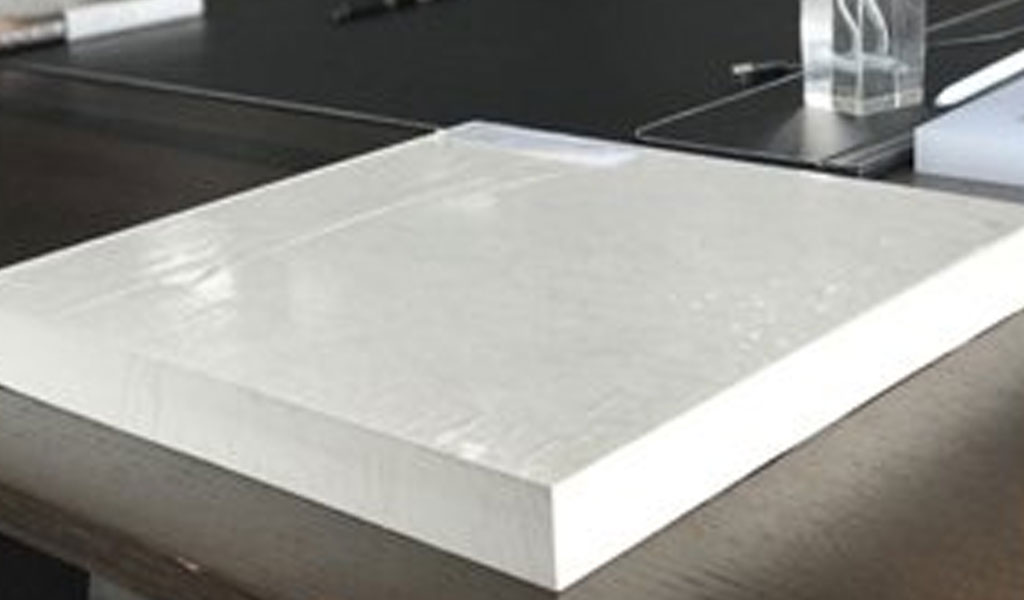
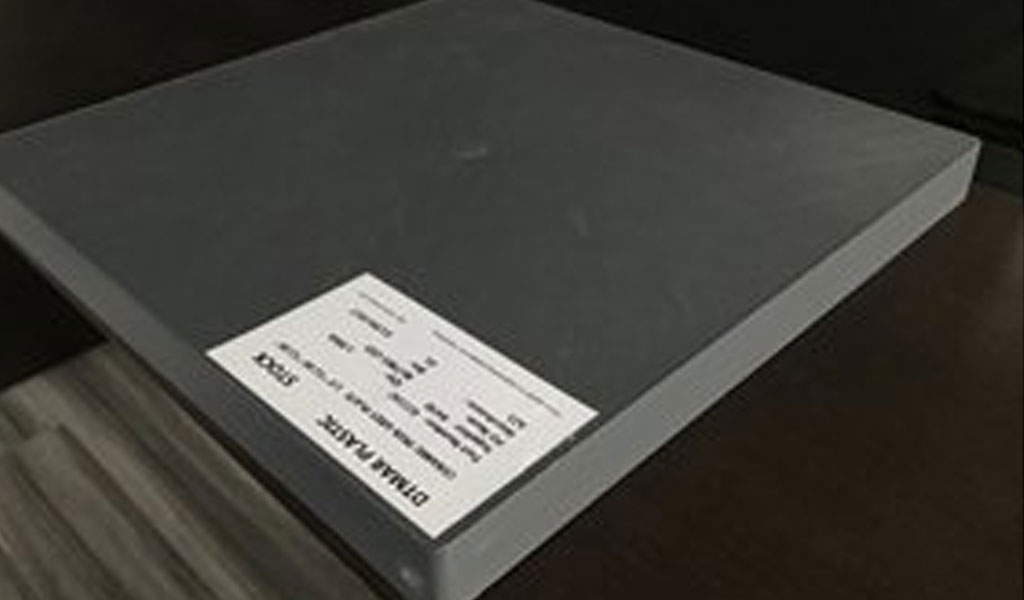
The Material Selection Of PEEK Series
Polyetheretherketone (PEEK) resin is a special engineering plastic with excellent performance, not only has excellent heat resistance. The heat distortion temperature is 160°C. When reinforced with 20% to 30% glass fiber, the heat distortion temperature can be increased to 280 to 300°C. The electrical insulation performance is excellent, and the volume resistivity is about 10 to 10Ω·cm. It still has a small dielectric constant and dielectric loss in the high frequency range. The chemical stability is also very good. Except for concentrated sulfuric acid, it is very stable to almost any chemical reagent, and it can still maintain good chemical stability even at higher temperatures.
The performance of PEEK pure material is difficult to meet the different needs of different industries. Therefore, PEEK needs to be modified in special working environments. The main methods include blending modification, copolymerization modification, composite reinforcement modification, filling modification, nanometer Modification and surface modification techniques. Modification can increase some properties of PEEK, such as wear resistance, impact strength, etc., thereby expanding the application range of PEEK, reducing the cost of materials, and improving the processing performance of PEEK. PEEK is commonly modified as follows:
- Glass fiber modification: 10%~30% glass fiber modification
- Carbon fiber modification: 10%~30% carbon fiber modification; carbon fiber, graphite and PTFE mixed modification;
- Ceramic modification: Ceramic+
- Resistance Modification: Conductive and Antistatic Modulation.
DTMAR™ PEEK Grades Table of Materials…
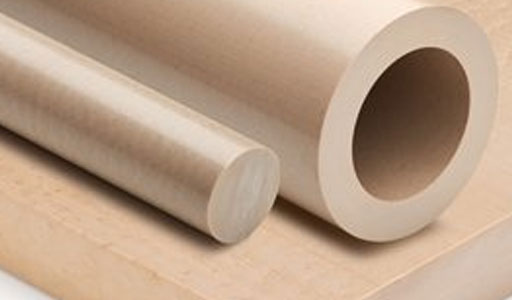
Polyetheretherketone
PEEK Polyetheretherketone is a high performance semi-crystalline high temperature material.
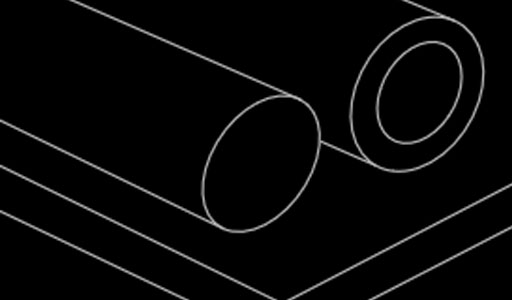
Glass Fiber Filled
PEEK GF30 is a 30% glass fiber reinforced modified high temperature material.

Ceramic PEEK Filling
Test socket special material is an advanced special ceramic filled polyether ether ketone compound.
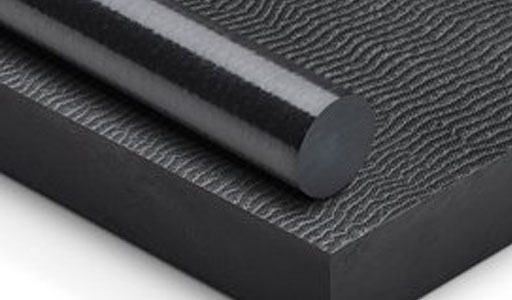
ESD PEEK Antistatic
ESD PEEK Antistatic material contains carbon nanotubes
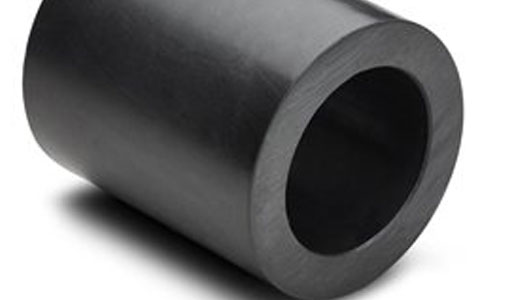
Peek CM CF & Teflon
PEEK CM CF & Teflon material with added amount of carbon fiber and PTFE
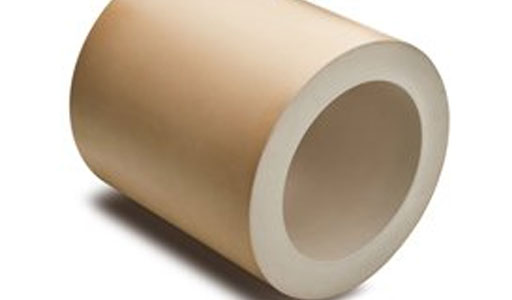
CM GF Glass Filled
This molding material has a certain amount of glass fiber added for strength.
Note:The purpose of production of special materials for test sockets is to meet the requirements of high-precision, high-frequency integrated circuit chip socket test fixtures.ESD PEEK Antistatic can achieve high electrical conductivity while maintaining relatively low filler content.PEEK CM CF & Teflon materials are compression molded to improve the sliding and wear properties of the material while increasing strength.
THE TYPICAL PROPERTIES OF PEEK
| UNIT | standard | HOMOPOLYMER ACETAL |
COPOLYMER ACETAL |
TECAFORM® HPV13 PTFE-FILLED ACETAL |
20% GLASS FIBER FILLED HOMOPOLYMER ACETAL |
|
| Modulus of elasticity (tensile test) | psi | D638 | 10,000 | 9,800 | 6,800 | 8,500 |
| Tensile Strength | psi | D790 | 420,000 | 370,000 | 350,000 | 730,000 |
| Izod impact (notched) | ft-lbs/in of notch |
D256 | 1.5 | 1.0 | 0.7 | 0.8 |
| Heat deflection temperature @ 264 psi |
°F | D648 | 257 | 230 | 244 | 316 |
| Maximum continuous service temperature in air |
°F | 185 | 195 | 185 | 185 | |
| Water absorption (immersion 24 hours) |
% | D570 | 0.25 | 0.20 | 0.22 | 0.25 |
| Coefficient of linear thermal expansion |
in/in/ °Fx10-5 |
D696 | 6.8 | 6.1 | 5.1 | 2.0 – 4.5 |
| Coefficient of friction (dynamic) |
0.20 | 0.21 | 0.12 | 0.35 |
PEEK is a semi-crystalline, thermoplastic aromatic polymer material. Because the molecular chain contains a large number of benzene rings, it has excellent rigidity, heat resistance, natural flame retardancy, and aging resistance (this is very similar to PPS to some extent). At the same time, the two ether bonds and carbonyl groups provide flexibility and excellent manufacturability to the material, which can be used as high temperature resistant structural materials and electrical insulating materials, and can be compounded with glass fibers or carbon fibers to prepare reinforcing materials.
PEEK is widely used in:
- Chemical Technology
- Mechanical engineering
- Electronics industry
- Food technology
- Oil and gas industry
- Aerospace Technology
- Auto industry
- Electronic Semiconductor Technology
- More
Performance characteristics:
- High heat distortion temperature
- Good workability
- Intrinsic flame retardancy
- Resistant to high energy radiation
- Good sliding and wear properties
- Good creep resistance
- Very good chemical resistance
- Resistance to hydrolysis and superheated steam